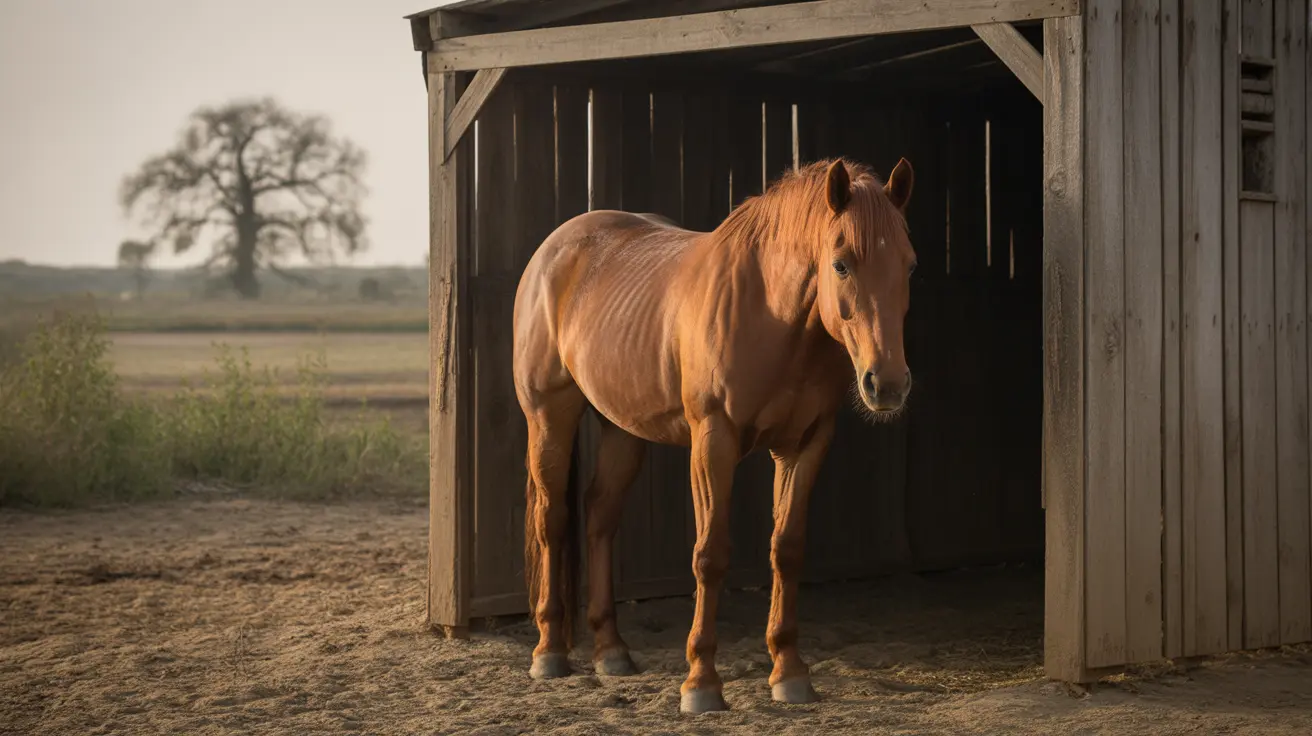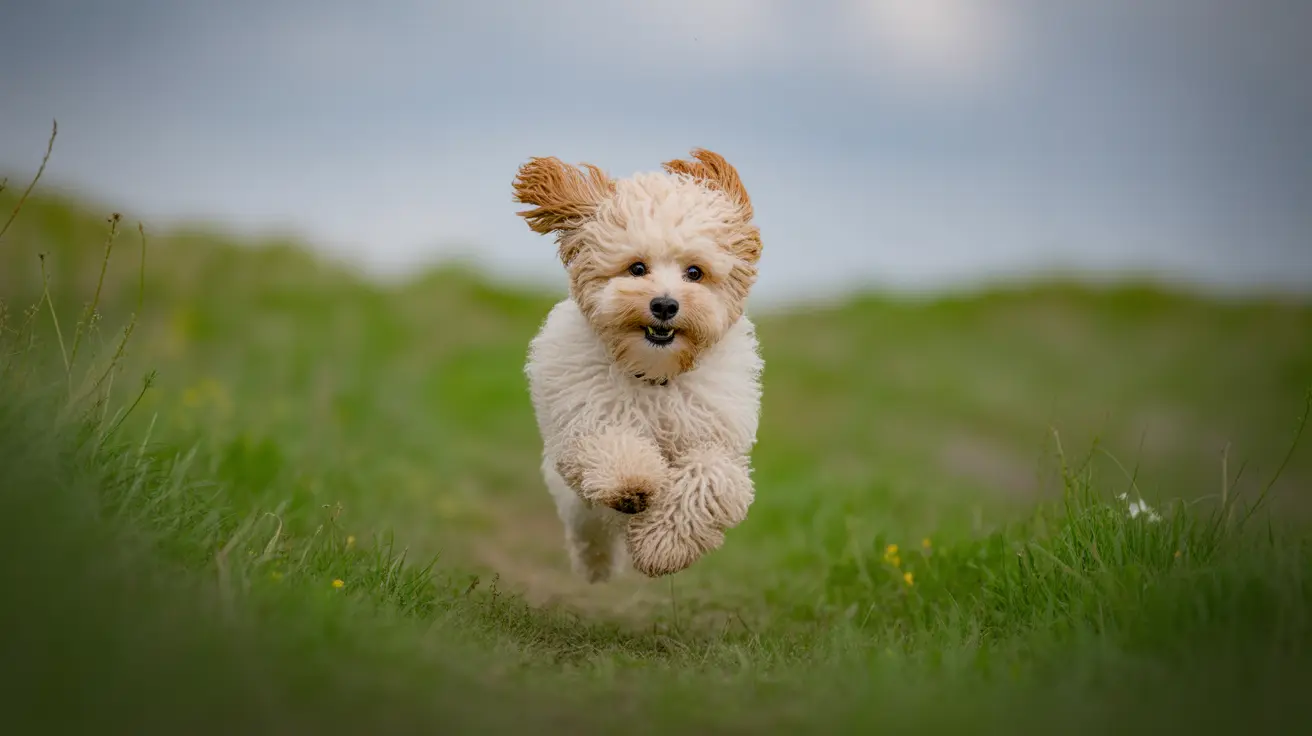Understanding Canine Communication
Dogs have developed sophisticated ways to communicate with each other, using a complex system of signals that goes far beyond simple barking. From subtle body language to distinct vocalizations and scent markers, dogs engage in rich conversations that help them navigate their social world, express emotions, and establish relationships with other canines.
Understanding how dogs communicate with each other not only reveals fascinating insights into canine behavior but also helps pet owners better support their four-legged friends in social situations. Let's explore the various ways dogs engage in meaningful exchanges with their fellow canines.
The Language of Body Signals
Body language forms the foundation of canine communication. Dogs use various physical signals to express their intentions and emotions to other dogs:
- Tail position and movement
- Ear positioning
- Facial expressions
- Body posture
- Eye contact patterns
Each of these elements carries specific meaning. For instance, a high, stiff tail might signal confidence or alertness, while a low, relaxed tail typically indicates comfort or submission. Understanding these signals helps dogs navigate complex social interactions safely and effectively.
Vocal Communication Methods
While barking is the most obvious form of dog vocalization, canines actually use a diverse range of sounds to communicate with each other:
- Barking: Can indicate excitement, warning, or attention-seeking
- Growling: Used for warning or during play
- Whining: Expresses stress, submission, or need
- Howling: Often used for long-distance communication
- Yipping: Typically indicates excitement or pain
The pitch, volume, and duration of these vocalizations carry different meanings, allowing dogs to convey specific messages to their canine companions.
The Power of Scent Communication
Dogs possess an incredibly sophisticated sense of smell, which they use extensively in their communication with other dogs. Through scent, they can gather detailed information about:
- Age and gender
- Health status
- Emotional state
- Reproductive readiness
- Territory marking
- Recent activities
When dogs sniff each other during greetings, they're actually exchanging complex chemical information that helps them understand and relate to one another better.
Social Interactions and Play
Dogs use a combination of all these communication methods during social interactions. Play behavior, in particular, involves a complex series of signals that help dogs maintain friendly interactions:
- Play bows to initiate fun
- Relaxed, open-mouth expressions
- Bouncy, exaggerated movements
- Take-turns behavior
- Self-handicapping when playing with smaller dogs
Frequently Asked Questions
How do dogs use body language to communicate with each other?
Dogs use a combination of tail position, ear movements, facial expressions, and overall body posture to communicate their emotions and intentions to other dogs. These signals help them express everything from friendliness to warning signals.
Can dogs actually understand each other's vocalizations, like barks and growls?
Yes, dogs can understand different types of vocalizations from other dogs. They recognize variations in pitch, volume, and duration that convey different meanings, from playful invitation to warning signals.
Why do dogs sniff each other during greetings, and what information do they gain?
During greetings, dogs gather detailed information through sniffing about the other dog's age, gender, health status, emotional state, and recent activities. This scent exchange is crucial for social recognition and understanding.
How can I interpret my dog's tail wagging to understand their emotions?
Tail wagging isn't always a sign of happiness. The position, speed, and direction of the wag can indicate different emotions. A high, stiff wag might signal alertness or tension, while a relaxed, middle-height wag typically indicates genuine happiness.
Can dogs learn to communicate with humans using symbols or signs?
Yes, research has shown that dogs can learn to use symbolic communication tools, such as soundboards or specific gestures, to communicate with humans. Some dogs have successfully learned to use dozens of different symbols to express their needs and thoughts.
Conclusion
Dogs are remarkably sophisticated communicators, using a combination of body language, vocalizations, and scent signals to engage in meaningful exchanges with other dogs. Understanding these communication methods helps us better appreciate our canine companions' social capabilities and supports healthier interactions between dogs.
By recognizing and respecting these various forms of communication, we can help our dogs navigate their social world more effectively and maintain positive relationships with other dogs they encounter.






